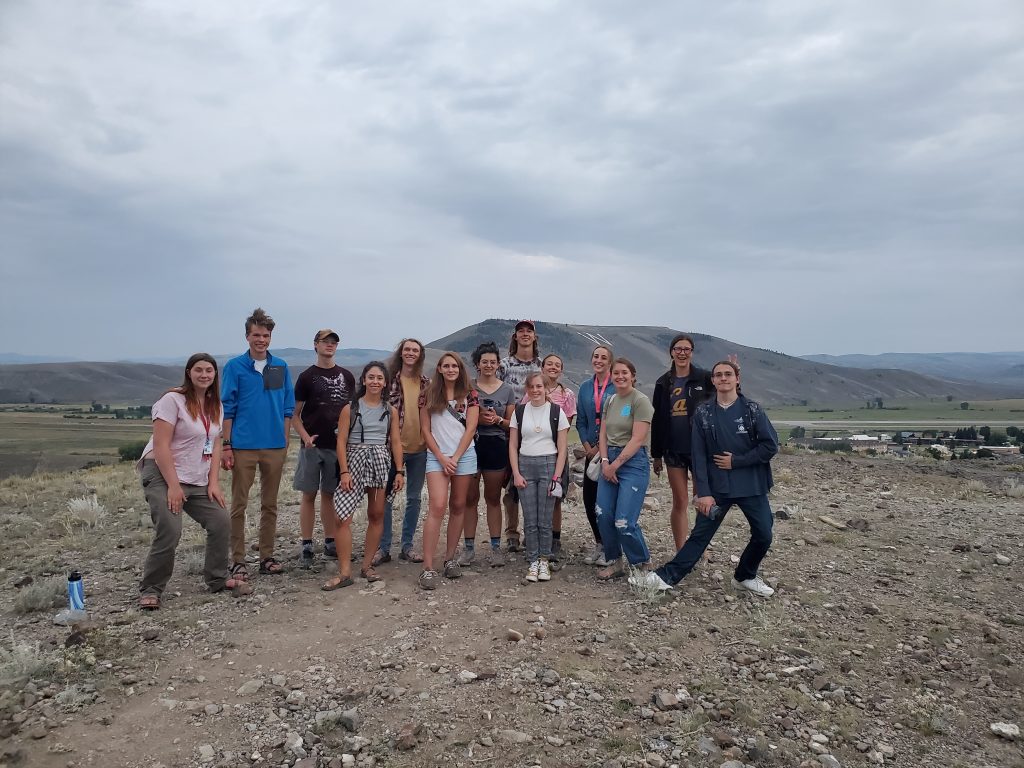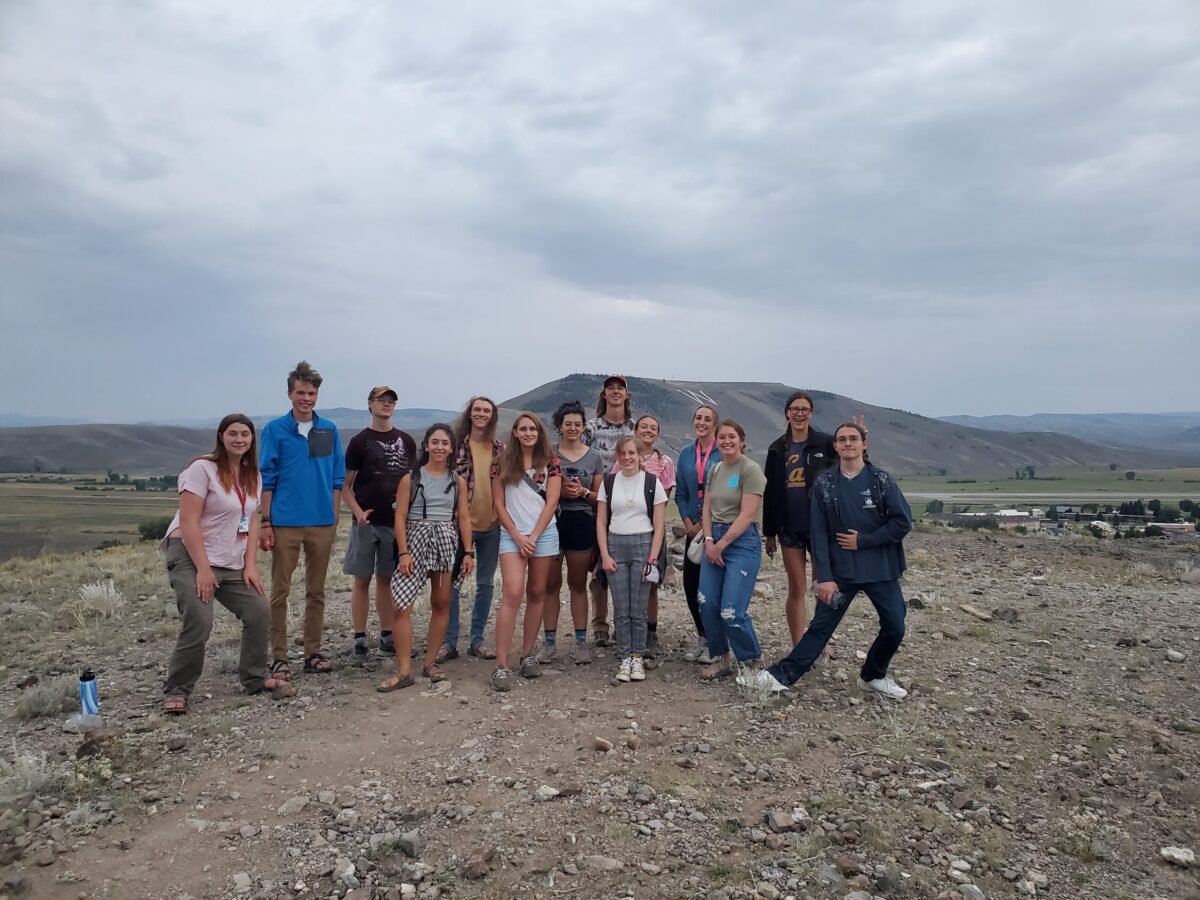By Brian Wagenaar
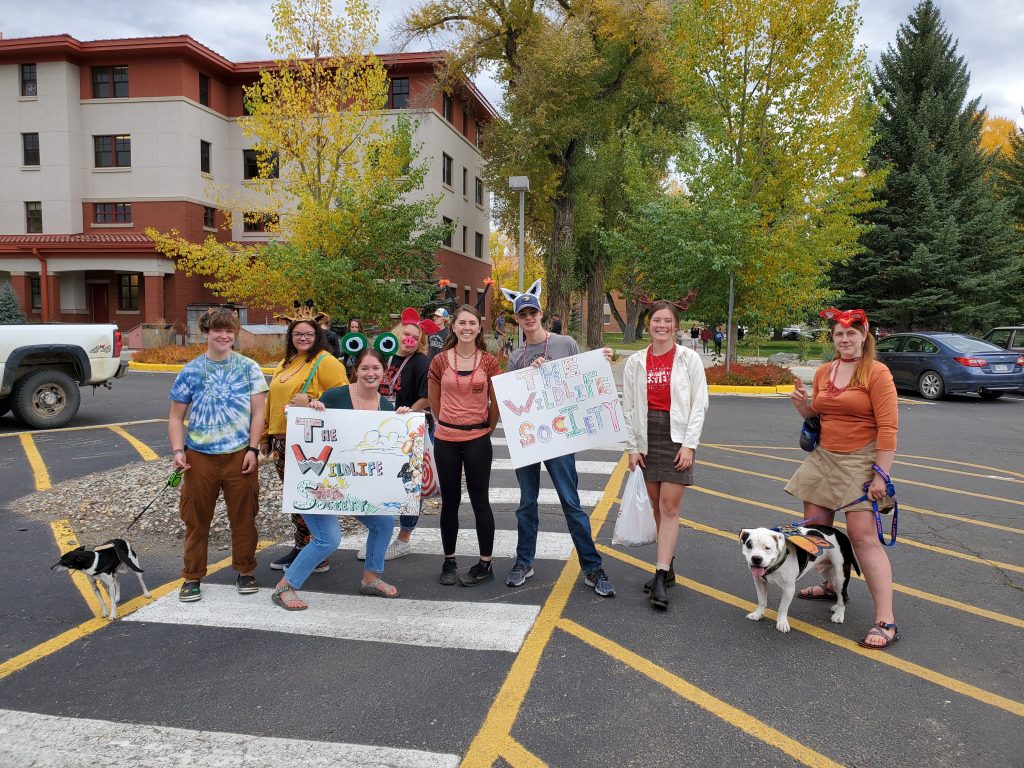
On an average weeknight in an academic building, you might expect to find a lot of empty, quiet rooms, with perhaps the occasional industrious student seeking out a silent study space, a janitor making the rounds, or a particularly dedicated professor grading papers or brushing up on the latest research.
On Tuesday evenings in Hurst 130, however, you can expect to find a room full of young wildlife acolytes playing a rousing game of Wildlife Jeopardy, carving pumpkins, or engaging in lively discussion on tropical birds. If you’re lucky, you may even stumble upon a falconry exhibition featuring a live peregrine falcon.
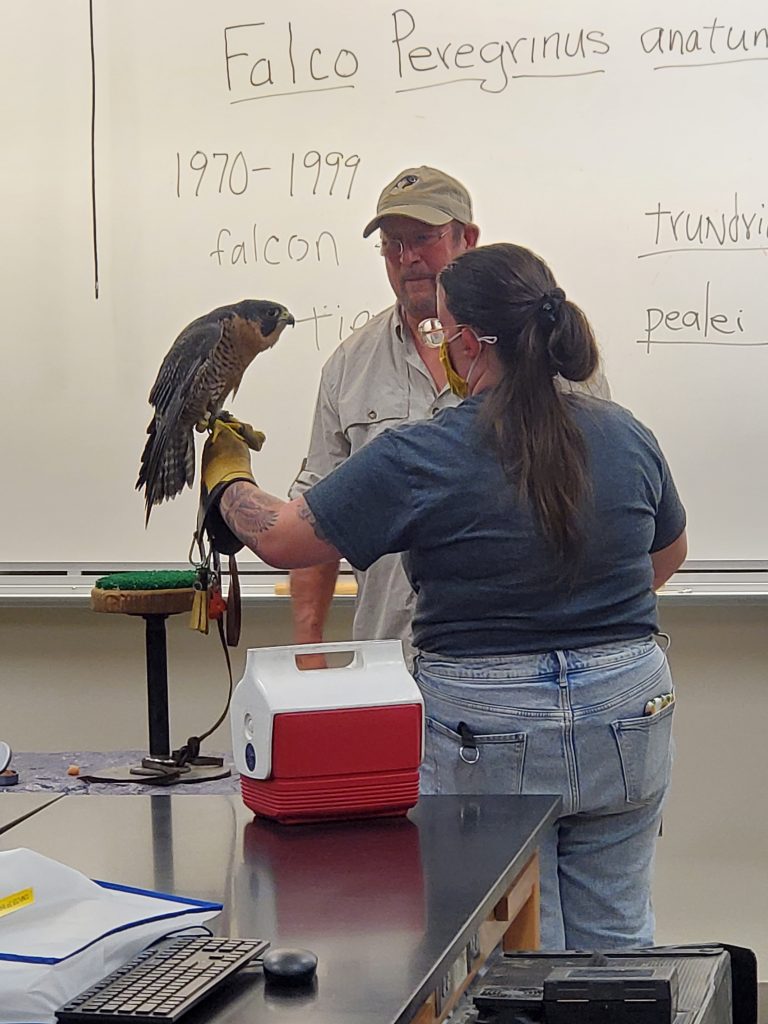
Western’s on-campus Wildlife Society is a collegiate branch of the broader organization The Wildlife Society, an international nonprofit dedicated to conserving wildlife through research and educational outreach, and to training current and future wildlife professionals. Alyssa Rawinski, a junior studying Biology with an emphasis in Wildlife Biology and Conservation, is in her second year as the club’s president. Next fall, Rawinski will study abroad in Tanzania as part of a School of Field Studies research-based program centered on wildlife.
Rawinski is joined on a weekly basis by a cohort of fellow biology students, including some from the newly minted M.S. in Ecology program under the Clark Family School of Environmental and Sustainability (ENVS), now in its third year. Katie Kellogg (Vice President), Chloe Beaupre (Secretary), Andrea Williams (Treasurer), and Te’a Saylor (Historian) round out the club’s team of officers.
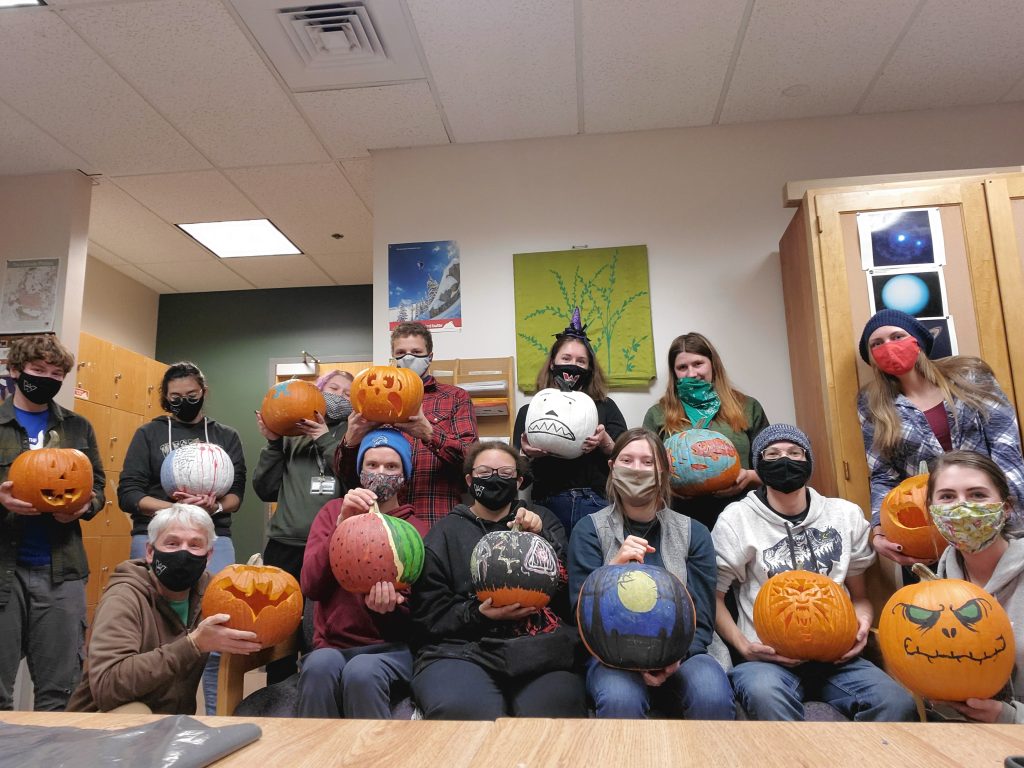
Rawinski was, in a sense, born to be both a wildlife biologist and a scientist. Her mother is a wildlife biologist (and a Western alumna), and her father is a soil scientist and hobby ornithologist. This past summer, Rawinski worked at the Rocky Mountain Biological Laboratory (RMBL) studying burying beetles, a species she had never heard of until her research began, but quickly fell for while studying.
Rawinski’s RMBL research centered on examining the range and abundance of three different species of burying beetles, comparing her figures to a dataset dating back 10 years. This older dataset included a model for predicting the range shift in the beetles under various climatic scenarios. Rawinski’s research served to confirm (at least for now) that the previous researcher’s predictive model was on target, and that the climatic shifts we are seeing had the predicted effect upon the burying beetle’s species range.

In the fall, Western’s Wildlife Society built up its membership while offering a slate of events that included succulent planting workshops, an evening owling adventure, and a crawfish boil put on in conjunction with the Western chapter of the American Fisheries Society. “That just makes my heart so happy,” says Rawinski of the group’s burgeoning membership. “The stuff we do, anyone is welcome [to join],” she adds, specifying that you don’t have to be a wildlife major to join the Wildlife Society.
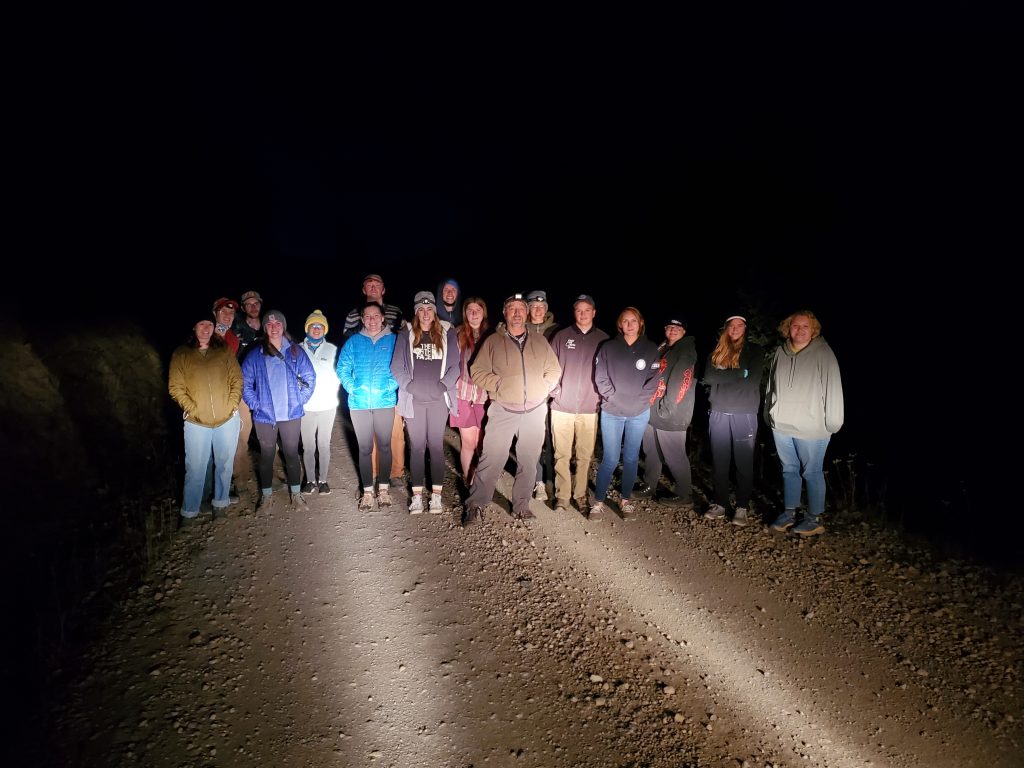
This semester, club members can look forward to a variety of educational and outdoor events. On Tuesday, Feb. 8, the club will be hosting a workshop where members will create Quinzhee snow shelters in conjunction with guides from Western’s Wilderness Pursuits program and Recreation and Outdoor Education (ROE) Professor David Erbe. The club will meet at 6 p.m. in Hurst Hall before heading out into the night, armed with shovels and headlamps.
Quinzhees are constructed by shaping and hollowing loose snow, as opposed to their more popular snow shelter relatives—igloos—which utilize hardpack snow. Quinzhee structures are of Canadian origin and have been utilized for survival by Indigenous peoples primarily in the northwestern reaches of Canada. The club created Quinzhees last year as well, and Rawinski noted that while the weather was cold, the effort required to shovel out the shelters provided a natural warming mechanism.
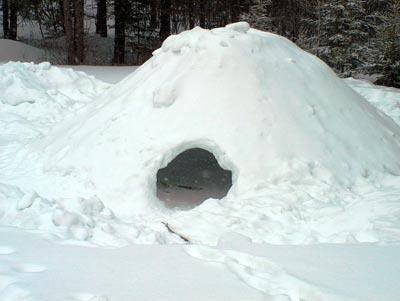
The following Saturday, Feb. 12, Wildlife Society will host a snow tracking workshop from 8 a.m. to 12 p.m., guided by Colorado Parks and Wildlife (CPW) biologist Dan Zandra, who will scope out the best local spot to track and identify local wildlife.
In March, the town of Monte Vista’s famous Crane Festival, marking the sandhill crane’s restorative stopover on their migration journey, will return. Last year, Rawinski and her family offered their backyard for students in Pat Magee’s ornithology course to camp out and view the cranes. Magee is a biology professor at Western and serves as the club’s faculty advisor. This year, Rawinski and the Wildlife Society crew plan to make the southern pilgrimage to Monte Vista’s Crane Festival into an action-packed weekend field trip, with a similar backyard camping setup.
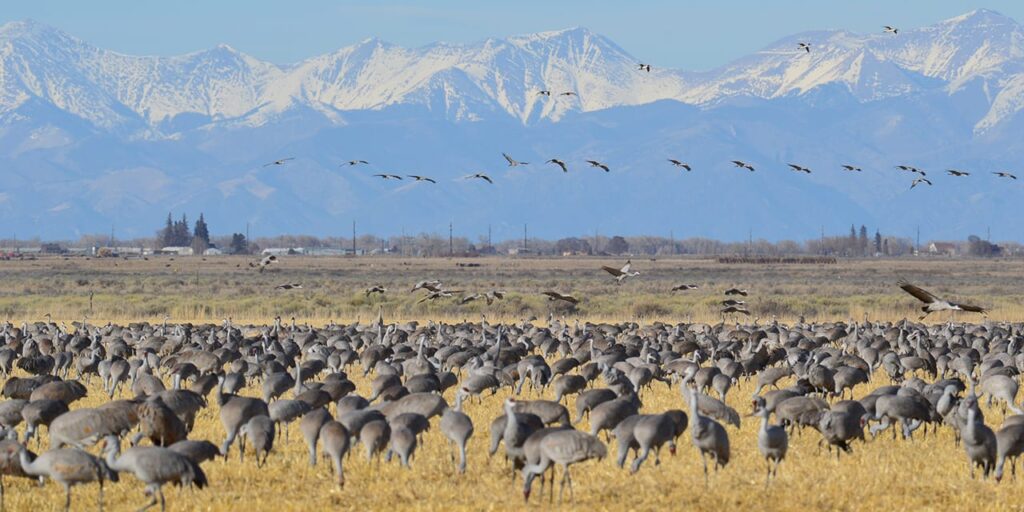
The Crane Festival, which was partially online last year, goes by the punchy tagline “where the cranes meet the mountains”. For three days in mid-March, the festivities will include a variety of speakers and educational events, photography workshops, a craft fair, on-demand crane cams for virtual attendees, and a host of other crane-based educational fun. Rawinski highly recommends the experience, citing the cranes’ melodious, musical sounds and the beautiful, open surroundings.
Later this spring, the Wildlife Society will feature talks on local wildlife management and wet meadow restoration projects, rapid-fire wildlife research presentations from graduate students, and other exciting speakers and events yet to be scheduled.
Rawinski and Western’s Wildlife Society also plan to travel to Mission Wolf, a wolf sanctuary in Westcliffe, Colorado that is home to more than 40 wolves, sometime in April. Club members will receive a tour of the facilities, and assist with a volunteer project for the sanctuary. Additional details about the trip, which may end up as a day trip or a full weekend, will be forthcoming.
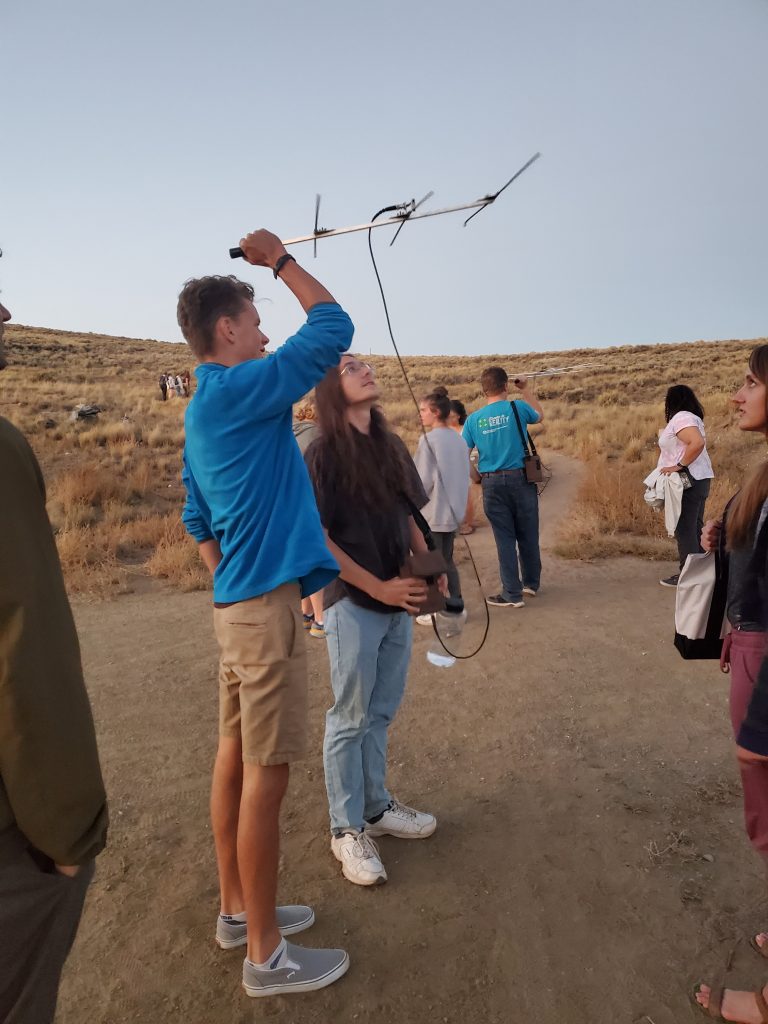
Western’s Wildlife Society provides an exciting space to decompress, learn new skills, and convene with fellow wildlife lovers around a shared passion for wild animals. But that’s not all, the group is also a Bonafide networking and job-seeking opportunity. Weekly emails from MEM graduate and current M.S. in Ecology student Chloe Beaupre alert members to opportunities ranging from part-time internships to full-time, salaried gigs. In March, the club will host mock interview sessions to prepare students to obtain employment in their competitive field.
For those looking to get involved, Western’s Wildlife Society meets weekly at 6 p.m. on Tuesdays in Hurst 130. To get on their email list, shoot a message to Chloe.Beaupre@western.edu. You can also follow them on Instagram @western_wildlife_society.
